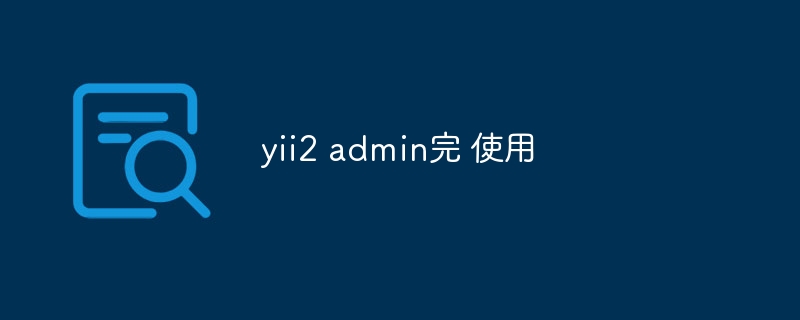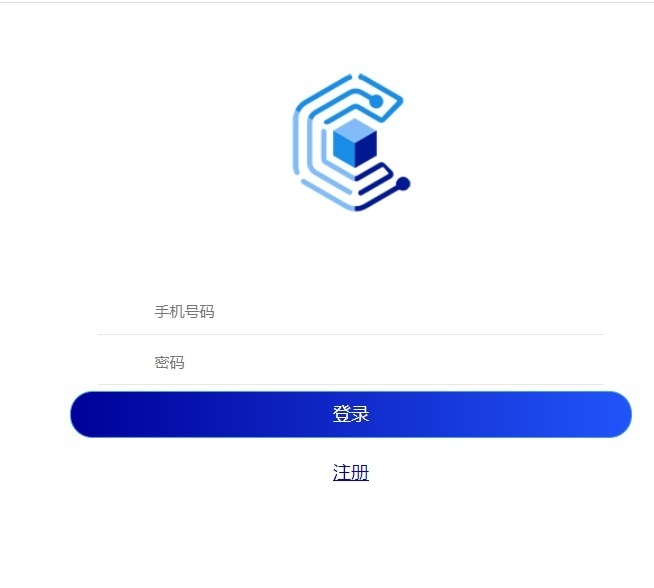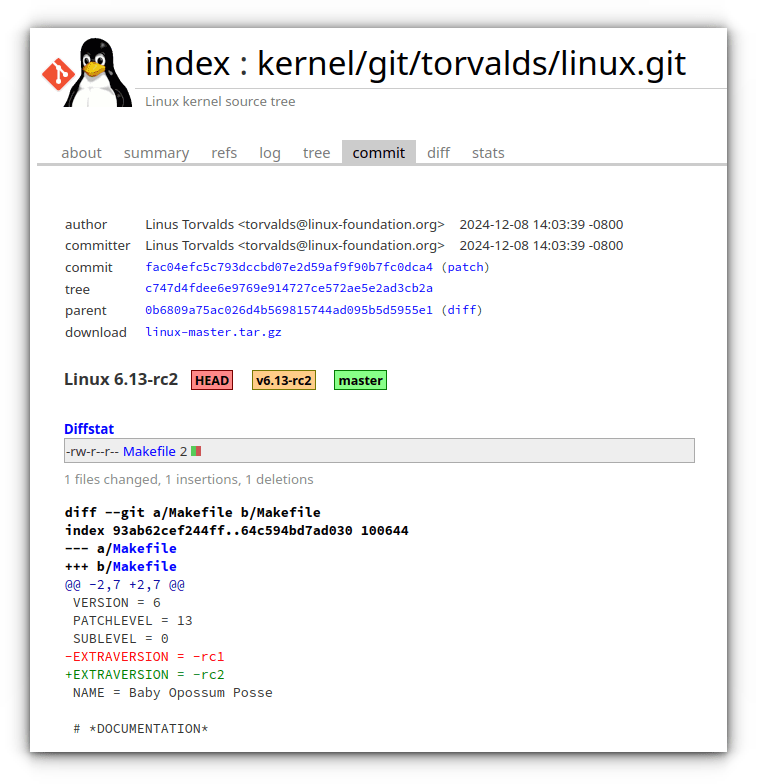Found a total of 10000 related content

yii2 admin finished using
Article Introduction:Yii2 AdminLTE is a backend management system template based on the Yii2 framework and AdminLTE management template. It provides a wealth of controls and features that can help developers quickly build powerful backend management systems. Installation and use: Install through composer: composer requires kartik-v/yii2-adminlte to configure the AdminLTE module in config/web.php to run the migration command: yii migrate/up --migrationPath=@kartik-v/yii2-adminlte/migrations
2025-04-18
comment 0
384

Vue and Element-UI cascaded drop-down box data echo
Article Introduction:The following steps are required when echoing data of Vue and Element-UI cascading drop-down boxes: Ensure that the data is loaded asynchronously before echoing. Write the getCascaderValue function based on the backend data structure to convert the backend ID into the value array required for the cascading drop-down box. Properly handle errors to avoid program crashes.
2025-04-07
comment 0
1079

Git vs. GitHub: A Developer's Perspective
Article Introduction:Git is a distributed version control system, and GitHub is an online platform based on Git. Git provides version control features such as branch management and commit history; GitHub provides collaboration tools such as code review and project management.
2025-04-30
comment 0
503

How does the file system structure differ between Linux and Windows?
Article Introduction:The file system structure of Linux and Windows is different: 1. Linux is based on the root directory (/) and has a simple structure; 2. Windows is based on the drive letter (such as C:) and has a complex structure. Understanding these differences can help improve development efficiency and data management.
2025-06-17
comment 0
931

Vue and Element-UI cascade drop-down box disable options
Article Introduction:The core point of disabling options for Vue and Element-UI cascade drop-down boxes: Use the disabled property of the options attribute to disable a single option. Dynamically generate options arrays based on backend data or user operations, including disable information. Avoid directly modifying options arrays, but create new arrays and copy modifications. Use computed properties to dynamically update options arrays to achieve responsive updates. Customize disable logic and optimize algorithms and readability.
2025-04-07
comment 0
711

Debian Package Management: Aptitude vs. Apt-Get in Ubuntu
Article Introduction:Package management is at the heart of every Linux system. It’s what makes installing, updating, and managing software on Linux-based distributions not just possible but streamlined and elegant. For users of Debian and its pop
2025-05-24
comment 0
529

Git vs. GitHub: Understanding the Difference
Article Introduction:Git is a distributed version control system, and GitHub is an online platform based on Git. Git is used for version control, branch management and merger, and GitHub provides code hosting, collaboration tools and social networking capabilities.
2025-05-03
comment 0
1165

Linux Operations: Managing Files, Directories, and Permissions
Article Introduction:In Linux, file and directory management uses ls, cd, mkdir, rm, cp, mv commands, and permission management uses chmod, chown, and chgrp commands. 1. File and directory management commands such as ls-l list detailed information, mkdir-p recursively create directories. 2. Permission management commands such as chmod755file set file permissions, chownuserfile changes file owner, and chgrpgroupfile changes file group. These commands are based on file system structure and user and group systems, and operate and control through system calls and metadata.
2025-04-23
comment 0
303

Top 20 Most Usable Content Management Systems
Article Introduction:Choosing the right content management system (CMS) for your project can be challenging. This guide explores some of the most user-friendly options, categorized for easier selection based on your needs. We'll highlight key features and ease of use,
2025-03-01
comment 0
398

Git vs. GitHub: Exploring Their Roles
Article Introduction:Git and GitHub are different tools: Git is a distributed version control system for managing code versions and collaborative development; GitHub is an online platform based on Git, providing code hosting and collaboration tools. Git's main features include version management, branch management, and collaborative development, while GitHub provides code hosting, collaboration tools and social networking capabilities.
2025-04-16
comment 0
1066

How to dynamically add options to the layui radio box
Article Introduction:Dynamically adding radio box options in Layui can be achieved through the following steps: 1. Get the form element, 2. Create a new option, 3. Insert a new option and re-render with form.render('radio'). Through these steps, forms can be dynamically updated based on user interaction or backend data, improving application flexibility and user experience.
2025-05-16
comment 0
708

Develop the management system on cloud for simple programmble controller.
Article Introduction:These two days, I am modifying the management system of the programmable controller on cloud, which uses VUE as the front-end framework, PHP as the back-end development language, and mysql and redis to store data.
redis stores real-time data during
2024-11-02
comment 0
783

How to stop Microsoft Edge automatic updates
Article Introduction:How to stop Microsoft Edge Automatically Update Microsoft Edge is the default browser that comes with Windows 11. Earlier, the Edge browser received updates as the Windows operating system was updated. However, the Edge browser based on Chromium has changed that. The browser will now automatically update in the background without your knowledge. In this article, we will explain how to stop automatic Microsoft Edge updates in Windows 11 and macOS. Related: How to disable automatic updates in Google Chrome? Check for automatic edge updates Chromium-based Edge vs. Goo based on Chromium backend code
2025-05-21
comment 0
898

Linux Kernel 6.13 RC2 is Released!
Article Introduction:Linus Torvalds released the second version candidate (RC2) for Linux Kernel 6.13, released on December 8, 2024. Kernel 6.13-rc2 has undergone numerous updates, fixes and improvements based on the first RC1 version.
Table of contents
- Main highlights of Linux kernel 6.13 RC2
Driver updates dominate
Architecture Improvement
Network and BPF updates
File system and memory management
Watchdog and power management
Secondary but noteworthy fix
Trial Linux Kernel 6.13 RC2
In Linux
2025-03-07
comment 0
508

Debian Package Dependency Management: Handling Dependencies
Article Introduction:Debian package management: Detailed explanation of dependency processing
Debian-based distributions such as Ubuntu, Linux Mint, and Debian itself rely on a powerful package management system to efficiently install, update and delete software. One of the most critical aspects of package management is handling dependencies—all libraries and packages needed to ensure that the application is running properly.
Dependency management is critical to maintaining system stability, avoiding damaged packages, and ensuring software compatibility. This article explores how Debian handles package dependencies, how to effectively manage them, and how to solve common dependency problems.
Understand Debian package management
Debian uses the .deb package format, which contains precompiled
2025-03-18
comment 0
945

CentOS: A Community-Driven Linux Distribution
Article Introduction:CentOS is a stable, enterprise-grade Linux distribution suitable for server and enterprise environments. 1) It is based on RedHatEnterpriseLinux and provides a free, open source and compatible operating system. 2) CentOS uses the Yum package management system to simplify software installation and updates. 3) Support advanced automation management, such as using Ansible. 4) Common errors include package dependency and service startup issues, which can be solved through log files. 5) Performance optimization suggestions include the use of lightweight software, regular cleaning of the system and optimization of kernel parameters.
2025-04-17
comment 0
791

Mastering WordPress Roles and Capabilities
Article Introduction:WordPress User Management: In-depth Analysis of Roles and Permissions
WordPress's user management system is based on roles and permissions. A role is an entity that contains a unique name and a set of permissions, each of which defines the level of access to platform-specific features of that role. Let's dig into the working mechanisms of WordPress roles and permissions.
Key Points
WordPress user management is based on roles and permissions. A role has a unique name and a set of permissions that define the level of access to different features of the platform by a role.
WordPress provides a comprehensive API to customize roles and their permissions. add_role(), remove_role(), add_cap() and
2025-02-16
comment 0
473

















